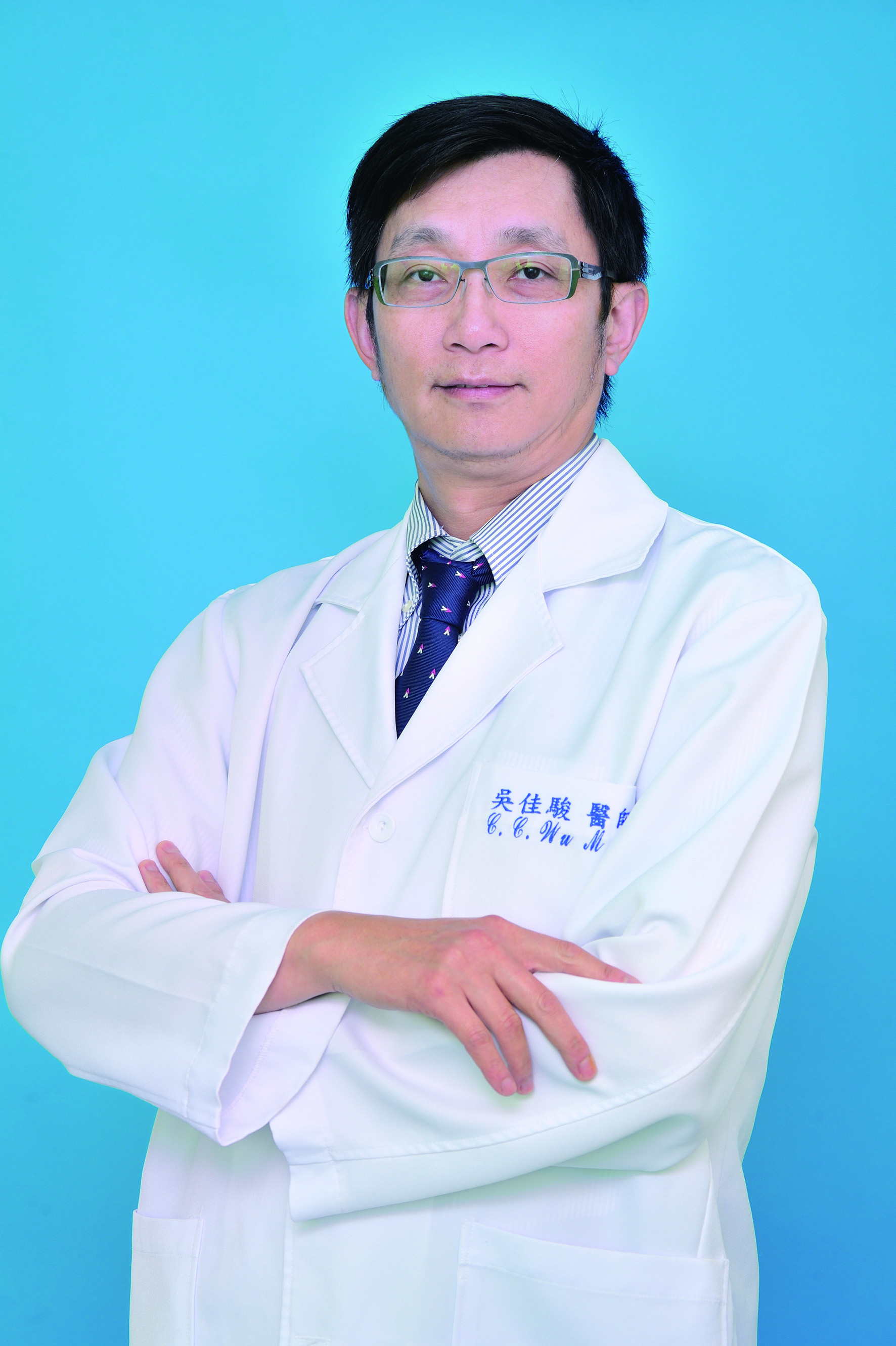The Tri-Service General Hospital Sports Medicine and Smart Recovery Center has introduced Pulsed Electromagnetic Field Therapy (PEMF), setting a new benchmark in intelligent regenerative medicine.
Update Date:2025/06/04,
Views:222

Dr. Wu Chia-Chun, Department of Orthopedics.
On May 14, 2025, Tri-Service General Hospital held a press conference to present its latest medical achievements. Professor Wu Chia-Chun from the Department of Orthopedics introduced the outcomes of implementing Pulsed Electromagnetic Field Therapy (PEMF)—an innovative treatment that integrates AI-driven analysis with regenerative medicine, marking a revolutionary breakthrough in the management of chronic pain, sports injuries, and joint degeneration.
PEMF originated in the early 1990s, developed by Greek mathematician and physicist Professor Panos Pappas. Inspired by the bioelectrical effects of natural lightning, he engineered a high-energy PEMF device capable of generating ultra-intense, ultra-short electromagnetic pulses—up to 40 kilovolts and 10 kiloamperes. Each pulse lasts only around 50 microseconds, enabling rapid magnetic flux changes that produce deep-tissue electrical and electromagnetic responses. These mimic natural bioelectric processes to stimulate cellular repair and functional recovery. With a bandwidth ranging from 200 kHz to 300 kHz, the therapy can resonate with nearly all types of human cells, enhancing its therapeutic impact.
In December 2024, the Sports Medicine and Smart Recovery Center at Tri-Service General Hospital officially opened, becoming the first military medical institution in Taiwan to adopt PEMF therapy. This non-invasive technology penetrates 20 to 25 centimeters into body tissue and acts on cell membranes without generating heat. It helps restore cellular membrane potential and ion balance, while simultaneously enhancing macrocirculation, microcirculation, and capillary dynamics—marking a significant advancement in physical and regenerative medicine.
Dr. Wu shared two successful clinical cases: one involving chronic foot pain and the other a knee sports injury. Both patients underwent PEMF treatment and returned to normal daily activities. The therapy works by increasing membrane potential, activating ion channels, and boosting mitochondrial energy production, thereby promoting tissue repair, improving circulation, and reducing inflammation.
The establishment of our hospital's Sports Medicine and Smart Recovery Center marks a significant milestone in Taiwan’s advancement of integrated smart healthcare and sports science. Looking ahead, the center will continue to introduce cutting-edge medical technologies and strengthen interdisciplinary collaboration, injecting new momentum into the pursuit of better health for all.